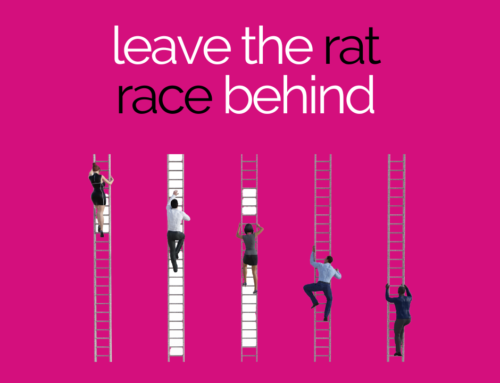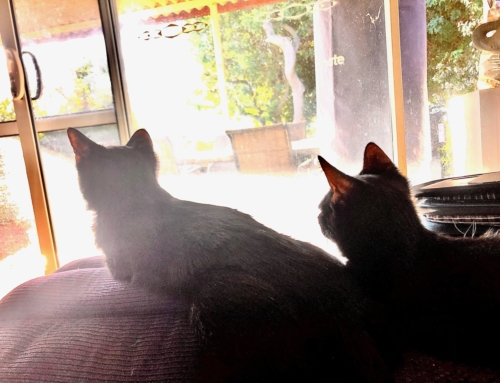Stress, exhaustion and burnout are being talked about by everyone … but what are you actually doing about them?
It seems like everywhere we turn there’s some new research, statistics or issues related to stress in the workplace appearing around every corner.
Whilst stress and burnout are not new issues, they’ve remained under the radar for a long time, perhaps not having been given the attention that they deserve.
In May 2019, the World Health Organisation (WHO) changed the conversation when they redefined burnout and expanded the definition to directly link it with workplace stress.
This news exploded into the world with spokespeople from all around the globe stepping forward to predict what this change in definition might mean. Suddenly, stress, burnout and exhaustion were words that were on the lips of every senior executive and senior leader in organisations throughout the world.
The biggest question that was raised from this change in definition was this:
‘What does this mean for our responsibility as an organisation?’
Although this change in definition has broadened the scope of burnout, WHO also went on to very clearly state that ‘ … burnout is an occupational phenomenon. It is not classified as a medical condition.’
So where does the responsibility lie?
There is no clear answer here.
- There is a role to be played by the organisation, as individuals spend (on average) nine (9) hours a day immersed in work and/or on work premises.
- There is also a role to be played by the individual, because ultimately they’re the only one who truly knows what they need.
- Everyone is unique and there is no one solution that can be applied to all; different stressors will affect each individual differently.
As an organisation, this can pose a significant issue.
How do you provide effective stress reduction solutions that can be given at a group level but applied at an individual level?
The place to start is in teaching each individual in your workforce to manage their own energy levels.
We are all made up of energy, and there are some activities that take more energy from us than others. There are also some activities that give us energy – or allow us to refuel our energy levels.
Stress places a massive toll on the inner workings of the body. Digestive systems, blood flow, the efficient workings of the major organs and your ability to sleep are but a few of the critical components of wellbeing that are significantly affected when your body is under long-term stress.
Everything is harder when you’re tired, right? It’s also important to note that there is research that suggests that when you have less than optimal sleep for as little as 3-5 nights, not only are your cognitive thought processes impaired but you are also 30% more likely to make riskier decisions than you otherwise would.
The lower your energy falls, the harder it is to remain productive. Recent research shows that over half of all workers believe that they are not working productively most of the time.
If individuals in your workforce are struggling with stress and exhaustion issues, then your bottom line is ultimately paying the price through:
- low productivity;
- increased absenteeism;
- increased presenteeism; and
- workers seeking to change their employment to a less stressful environment.
Teaching the individuals within your organisation how to understand their own energy levels – and what to do daily to recharge them – will make a massive difference in the level of exhaustion they bring into the workplace. With less exhaustion, stress can be lowered because you’re not adding a new load on top of an ‘over-load’ on a daily basis.
With a reduced stress load your workforce will see an increase in health and wellbeing and the overall productivity will improve.
Reducing stress is shaping up to be a major focus for 2020 … so what will you do to help your workforce move forwards in a more productive way?






